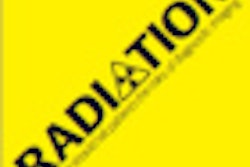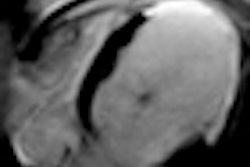The Advisory Group on Ionising Radiation (AGIR) of the U.K.'s Health Protection Agency (HPA) has published new estimates on the risk of developing some types of cancer after exposure to ionizing radiation.
The report, "Risk of Solid Cancers Following Exposure to Ionizing Radiation: Estimates for the U.K. Population," is the latest in a series of nine prepared by AGIR. It complements a report on the risk of leukemia and related malignancies following radiation exposure published in 2003.
The Subgroup on Solid Cancer Risk, chaired by Sir Nicholas Wald, director of the Wolfson Institute of Preventive Medicine at Barts and the London School of Medicine and Dentistry, was asked to review information published on the risk of solid cancer and to derive risk estimates for the population. In addition to evaluating available information, the report develops advice on dose-response relationships
The report includes risk estimates for mammography screening, CT assessment of coronary artery calcification in screening for heart disease, and CT scanning in colorectal and lung cancer screening. Average annual ionizing radiation doses are estimated at 2.7 mSv per person. Eighty-four percent of this comes from natural sources and 14% from diagnostic imaging examinations. Occupational exposure comprises less than 1%.
"The new estimates are broadly in line with previous figures," said Dr. Bryn Bridges, AGIR chairman. "They have been used to calculate the cancer risks from various medical investigations that use ionizing radiation, particularly CT scans and mammographic examinations, which have become more common."
The report may be read in its entirety on the HPA website.



















